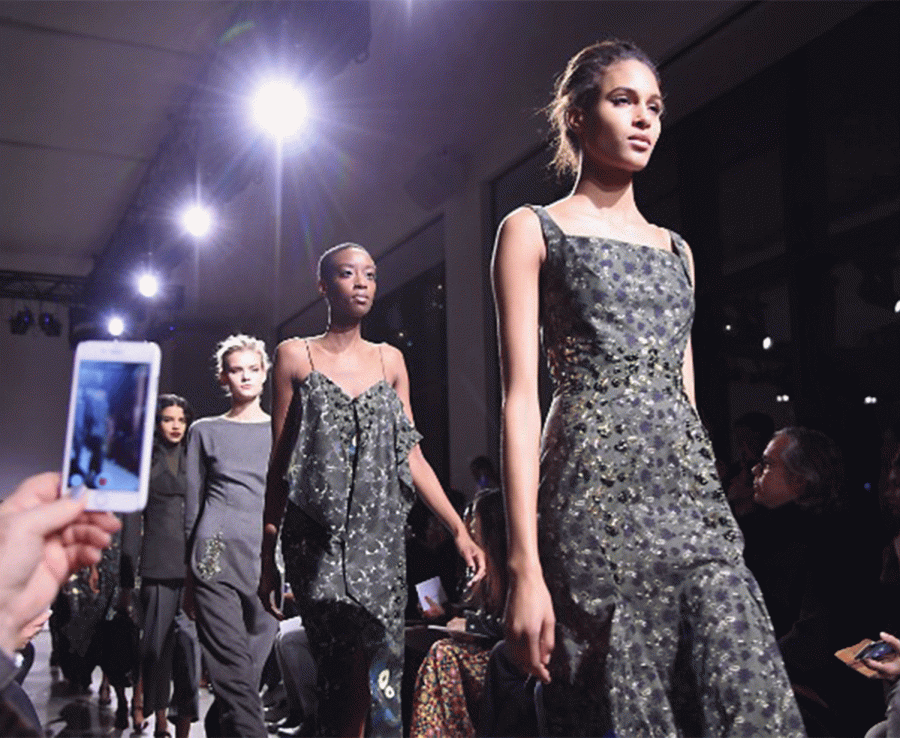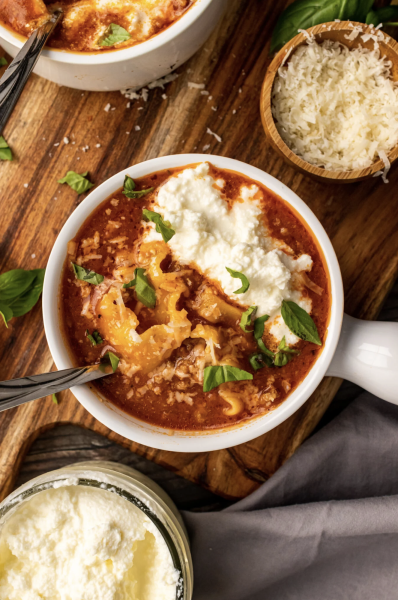A Look Inside New York Fashion Week
The biggest names in fashion and pop culture gathered throughout Manhattan last week for the 23rd annual New York Fall Fashion Week. In September and February of each year, designers from all corners of the world flock to the city that never sleeps to present their latest ready-to-wear clothing lines. Typical of any trend-setting industry, fashion is always one step ahead. Both the September and February Fashion Weeks reveal the designers’ lines for the following season. This February’s show revealed those lines for the upcoming Fall/Winter Season. For nearly twelve hours every day for seven days straight, socialites, designers and fashionistas alike bounce from show to show, eager to see what each designer has in store for them…literally.
The event’s unwavering popularity has culminated in its esteemed reputation in the arts and culture world. Perpetuating the event’s significance is its impressive guest list. Of course there are the designers themselves, eager to see what the competition has been up to for the past six months. But it would not be a New York Fashion Week without the host of celebrities with wallets in hand and ready to buy.
This year was certainly no different. From starlet mothers like Kris Jenner to high-profile athletes like Maria Sharapova, celebrities of all kinds lined the front rows of every show and could be seen at the glamorous after parties hosted by the designers. Not only have these stars’ presence contributed to Fashion Week’s impressive reputation, but their presence has added a new dimension to Fashion Week – street style. In addition to reviews of the runway shows themselves, prominent fashion magazines now provide their readership with reports of what the stars themselves wore to the event. These street style reports serve as an additional window into popular trends and styles.
Despite efforts to carefully plan seven days worth of outfits, people ultimately attend Fashion Week to witness trends and breakthroughs in the fashion world first hand. This year, designers including Alexander Wang, Proenza Schouler and Calvin Klein were commended for taking risks with their collections. But these designers’ apparent individuality does not undercut similar trends or themes that take hold in other collections as well.
On the surface, these trends might signal new movements in the use of color or fabric. For instance, the diverse use of pleats at this year’s show seems to harken back to an era in which pleats were a major fashion experiment. But technical trends in fashion, much like trends in visual art or music, possess multiple layers which can provide great insight into the current social climate. Thus, the resurgence of pleats is perhaps representative of the social experimentation which characterizes America today.
Trends also express criticisms of old conceptions of style and have the potential to establish new norms in fashion community. At this year’s show, the widespread use of men’s fabrics in the women’s collections appear to blur the lines which distinguish “male” from “female” clothing. Such an effect serves as a potential critique for one of the most forefront methods of gender identification. Likewise, in light of recent social movements geared toward racial equality, websites like fashionista.com commended designers such as Zac Posen for casting predominately non-white models, in an effort to foster more diversity on the runway. In doing so, Posen has proved that social change is possible within the fashion realm as well.
This year, Fall Fashion Week 2016 established its role as an event where designers can go past expressing ideas about things like color, texture and shape and express ideas about current social issues and ideas taking hold in America today. While esteemed fashion figures like Editor-in-Chief of Vogue Anna Wintour might have felt “a little let down by all the collections” this year, New York Fall Fashion Week certainly proved itself capable of influencing more than just your next wardrobe choice.






